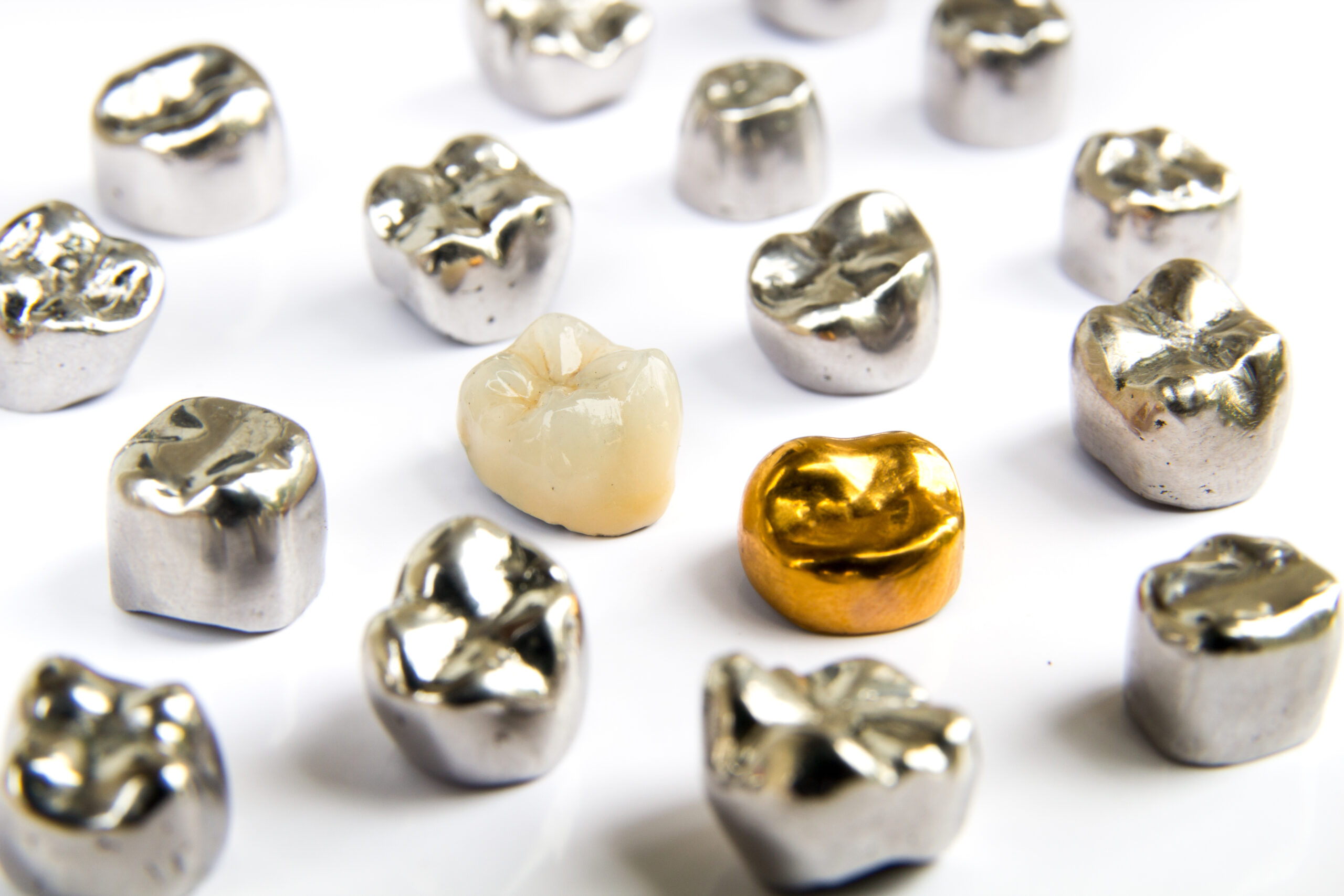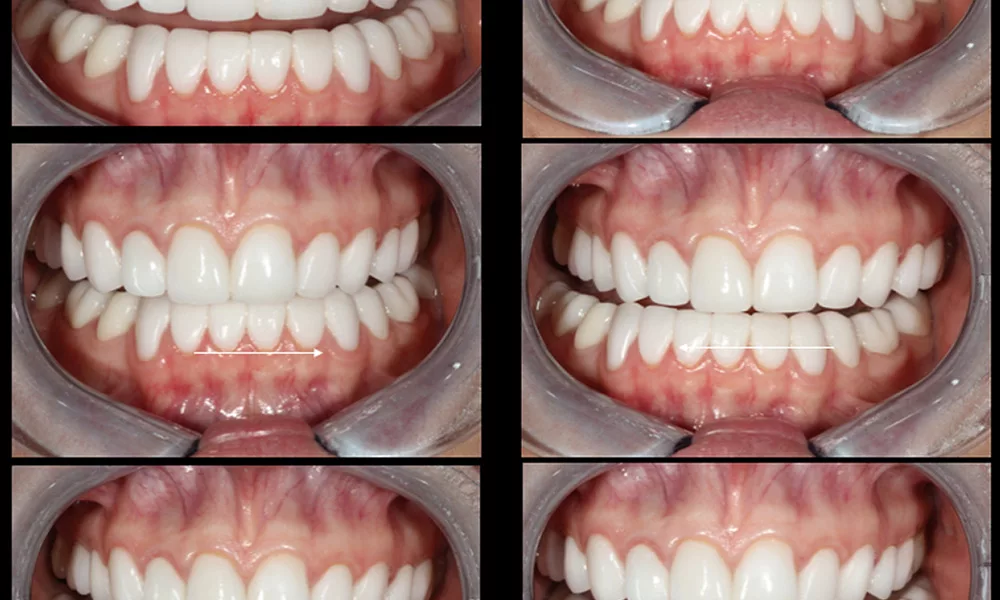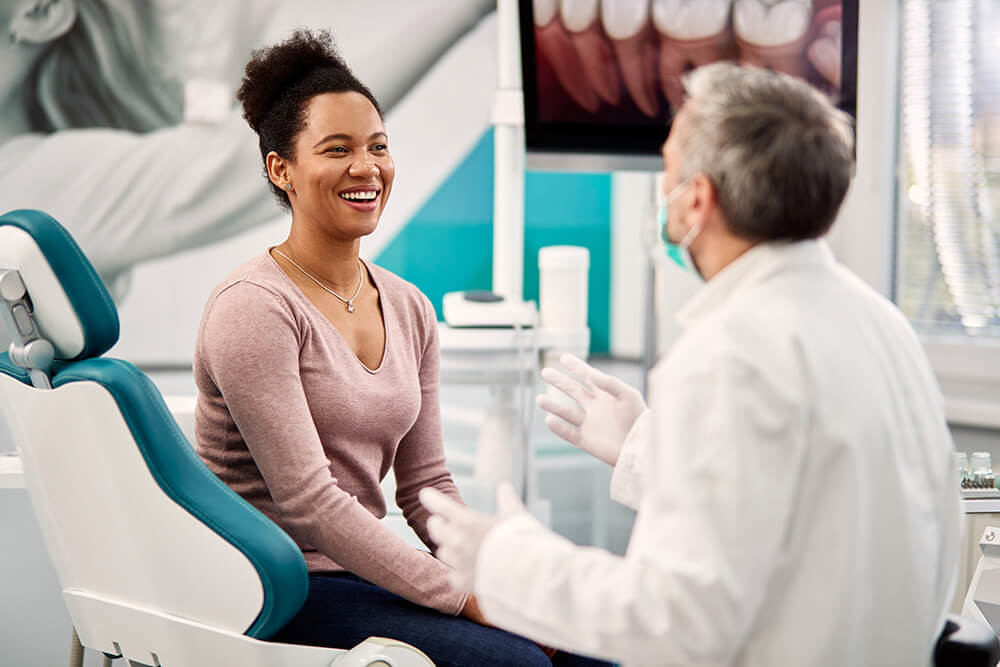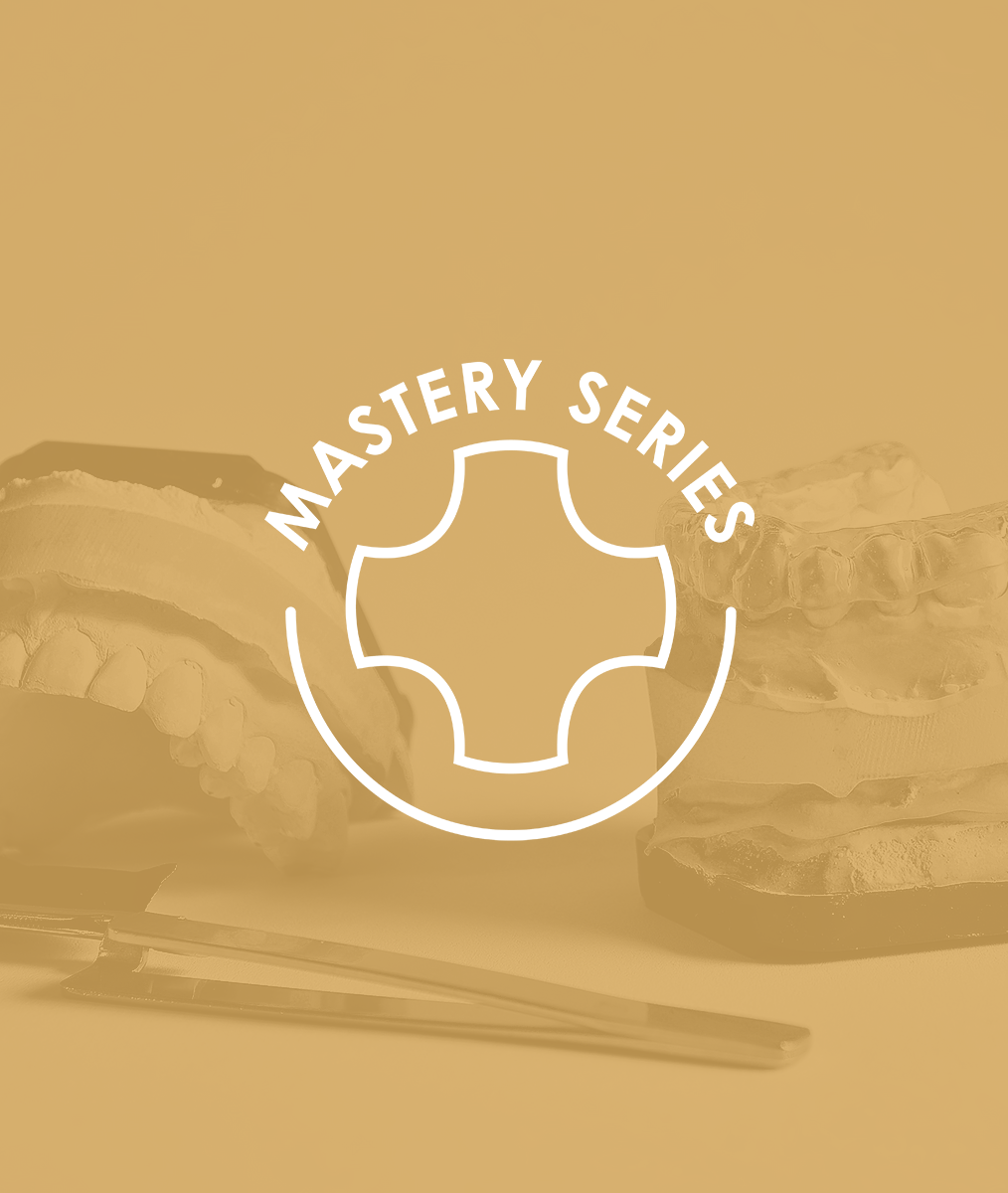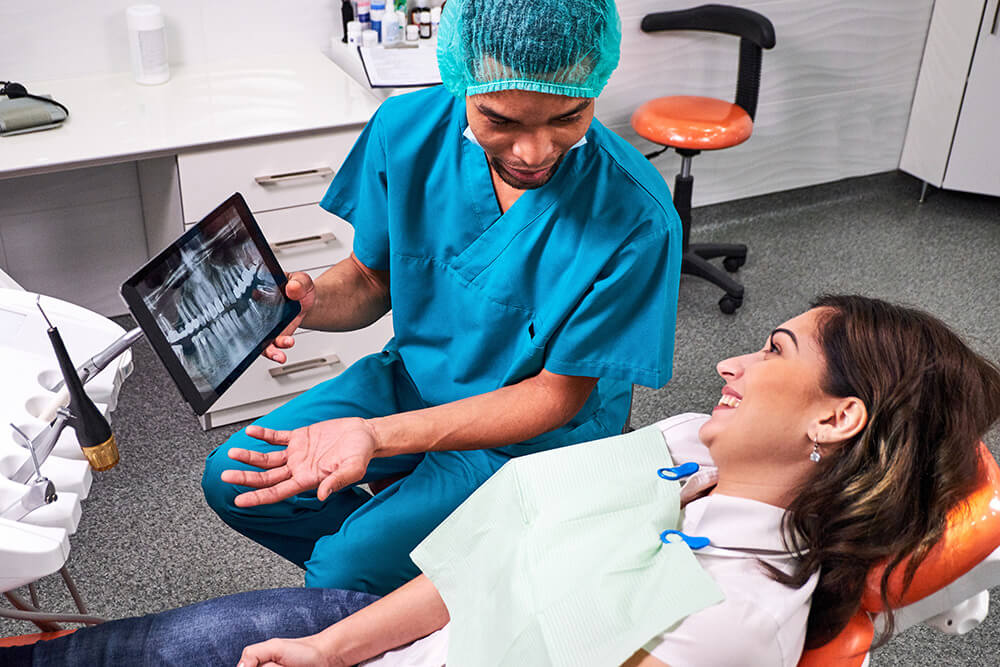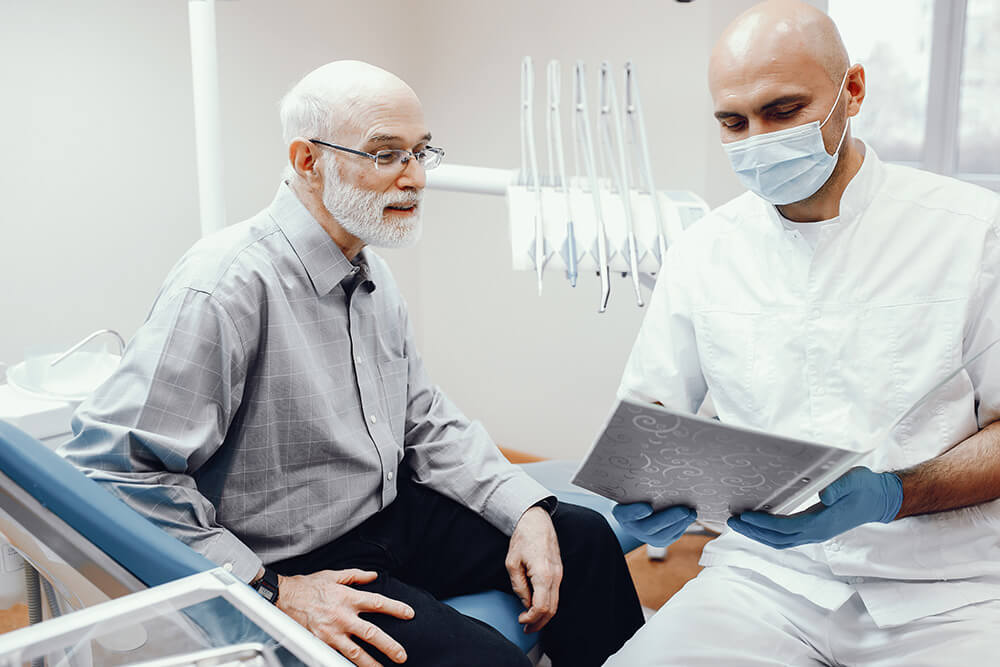Explaining Dentistry in a Way Patients Understand
Explaining Dentistry in a Way Patients Understand
Clayton Davis, DMD
Here are some of the ways I communicate with patients to help them understand dentistry. I hope some of these will be helpful to you in enabling your patients to make good decisions about their treatment.
Occlusal Disease: In helping patients understand occlusal disease and the destruction it can cause, I have long said to them, “The human masticatory system is designed to chew things up. When it is out of alignment, it will chew itself up.” I tell them, “Your teeth are aging at an accelerated rate. We need to see if we can find a way to slow down the aging process of your teeth.” The idea of slowing down aging is very attractive to patients, and if you relate it to their teeth, they get it.
Occlusal Equilibration: Typically, I come at this from the standpoint of helping them understand that teeth are sensors for the muscles, and when the brain becomes aware our back teeth are rubbing against each other, it sends the same response to the muscles as when there’s food between our teeth. In other words, the brain tells the muscles it’s time to chew, and this accelerates wear rates on the teeth. Equilibration is really a conservative treatment to reduce force and destruction of the teeth.
Diseases of the Jaw Joints: Regarding jaw joints and adaptive changes and breakdown, patients understand that joints have cartilage associated with them. Saying there has been cartilage damage in your jaw joint gets the message across simply.
Treatment Presentation: When patients say, “I know you want to do a crown on that tooth,” I jokingly say, “Oh, don’t do it for me. Do it for yourself.” I never say, “You need to get this work done.” Instead, I say, “I think you are going to want to have this work done.”
Conservative Treatment: I have always enjoyed John Kois’s saying that no dentistry is better than no dentistry, so when talking about conservative dentistry, I’ll tell patients, “No dentistry is better than no dentistry. We certainly don’t intend to do any dentistry that doesn’t need to be done.” Another way I speak about conservative dentistry is to say, “Conservative dentistry is dentistry that minimizes treatment. In the case of a cracked tooth, a crown is actually more conservative than a filling because it minimizes risk.”
Moving Forward with Treatment: I love Mary Osborne’s leading question for patients after they’ve been shown their issues and treatment possibilities have been discussed. The question is “Where would you like to go from here?” With amazing regularity, the patients choose a really good starting point for their next steps toward improved health, steps that feel right to them. Always remember, people tend to support that which they help create.
Dental Insurance: I typically speak of dental insurance as a coupon that can be applied to their dental bills. I’ll say, “Every plan sets limits on how much it pays. The way dental insurance works, it’s as if your employer has provided a coupon to go toward your dental bills.”
Presenting Optimal Care: If I want to present optimal care to a patient who is ready to hear it, I ask permission by saying, “Mrs. Jones, if I were the patient and a doctor did not tell me what optimal treatment would be for my problems because the doctor was concerned that I couldn’t afford it or that I would not want it, I would think, ‘How dare you make that judgment for me. You tell me what optimal care would be, and I’ll decide for myself if I want it.’ So, with that in mind, Mrs. Jones, would it be okay with you if I presented you with the optimal solutions for your problems?”







